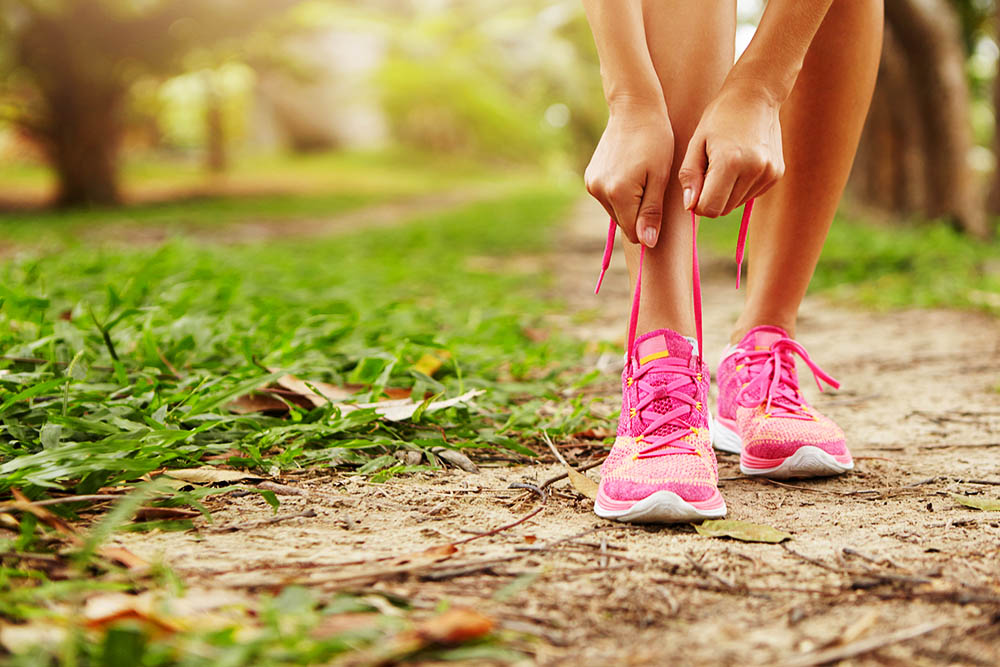Why Sports Should Be Accessible to Everyone
Sports have always been considered an essential part of human life. People of all ages – be it children, teenagers, adults, or even older individuals – love playing and watching sports. Not only do sports provide entertainment, but they also promote physical fitness, mental well-being, social interactions, and personal growth. However, not everyone has the privilege of accessing sports equally. Individuals with disabilities, for instance, face numerous barriers when it comes to participating in sports activities. In this article, we shall discuss why sports should be accessible to everyone, breaking d barriers for people with disabilities, and offer some useful tips and advice to promote inclusion.
The Importance of Sports for Everyone
Sports offer numerous benefits for people of all ages, genders, and abilities. For instance:
- Physical fitness – Sports help improve physical fitness by building strength, endurance, flexibility, balance, and coordination. Engaging in regular sports activities can reduce the risk of obesity, heart diseases, diabetes, and other chronic illnesses, resulting in a healthier and happier life.
- Mental well-being – Sports play a significant role in improving mental health by reducing stress, anxiety, and depression. It also enhances cognitive abilities such as decision-making, concentration, and problem-solving by stimulating the brain.
- Social interactions – Sports promote social interactions by bringing people together from different backgrounds and cultures, fostering friendships, teamwork, and mutual respect. It also helps individuals develop leadership and communication skills and promotes a sense of community and belonging.
- Personal growth – Sports provide numerous opportunities for personal growth and development. It can help individuals set and achieve goals, build self-confidence, resilience, and discipline. It also helps individuals learn from successes and failures and develop a positive outlook on life.
Barriers Faced by People with Disabilities in Sports
Despite the numerous benefits of sports, individuals with disabilities face significant barriers when it comes to participating in sports activities. Some of these barriers include:
- Physical barriers – People with disabilities may face physical barriers such as inaccessible facilities, equipment, and transportation. For example, a wheelchair user may find it challenging to access a sports field or court due to the absence of ramps, elevators, or appropriate changing rooms.
- Social barriers – People with disabilities may face social barriers such as stigma, discrimination, and bullying. For example, some individuals may assume that people with disabilities cannot play sports or they may not be welcomed into a team because of their disability.
- Financial barriers – People with disabilities may face financial barriers such as the lack of funding, equipment, or support services. For example, purchasing specialized equipment such as a wheelchair or prosthetic limbs can be expensive, making it challenging for some individuals to participate in sports activities.
- Life skill barriers – People with disabilities may lack the necessary life skills such as communication, problem-solving, or decision-making, which can impact their ability to participate in sports. For example, an individual with a cognitive disability may find it challenging to follow complex instructions or make quick decisions during a game.
Promoting Inclusion – Tips and Advice
Breaking down barriers for people with disabilities in sports requires a collaborative effort from various stakeholders such as governments, sports organizations, coaches, athletes, and the community. The following tips and advice can help promote inclusion in sports:
- Creating awareness – Raising awareness about the importance of accessibility and inclusion in sports can help break down physical, social, financial, and life skill barriers. This can be done through education campaigns, social media, or public events.
- Providing accommodations – Providing necessary accommodations such as wheelchair ramps, accessible changing rooms, sign language interpreters, or adaptive sports equipment can help people with disabilities participate in sports activities. Governments, sports organizations, and private sponsors can help provide such accommodations.
- Offering training – Offering specialized training to coaches, athletes, and support staff on disability awareness, communication, and specific disabilities can help create an inclusive environment. This can help coaches adapt their coaching styles to meet the needs of athletes with disabilities while also promoting teamwork and collaboration.
- Providing funding – Providing funding to athletes with disabilities for equipment, training, travel, and accommodation can help break down financial barriers. Governments, sports organizations, and private sponsors can provide such funding.
- Celebrating diversity – Celebrating diversity and individual differences can help create a sense of community and belonging, promoting inclusion in sports. All athletes should feel welcome and valued, regardless of their abilities or disabilities.
Conclusion
Sports should be accessible to everyone, regardless of their abilities or disabilities. It is essential to break down physical, social, financial, and life skill barriers to promote inclusion in sports. By creating awareness, providing accommodations, offering training, providing funding, and celebrating diversity, we can help create an inclusive environment where everyone can enjoy the benefits of sports. The importance of sports for physical fitness, mental well-being, social interactions, and personal growth cannot be overstated, and everyone deserves to have the opportunity to participate in sports activities.
